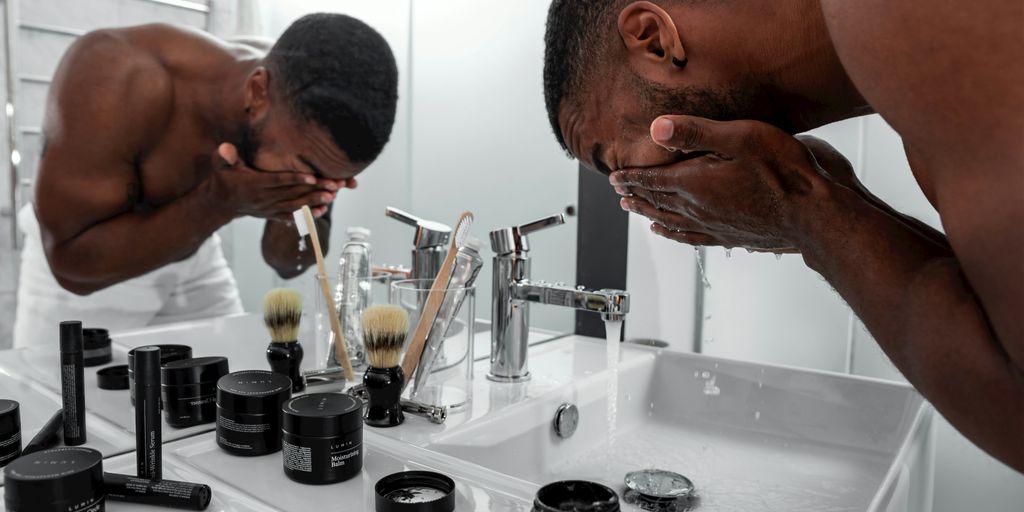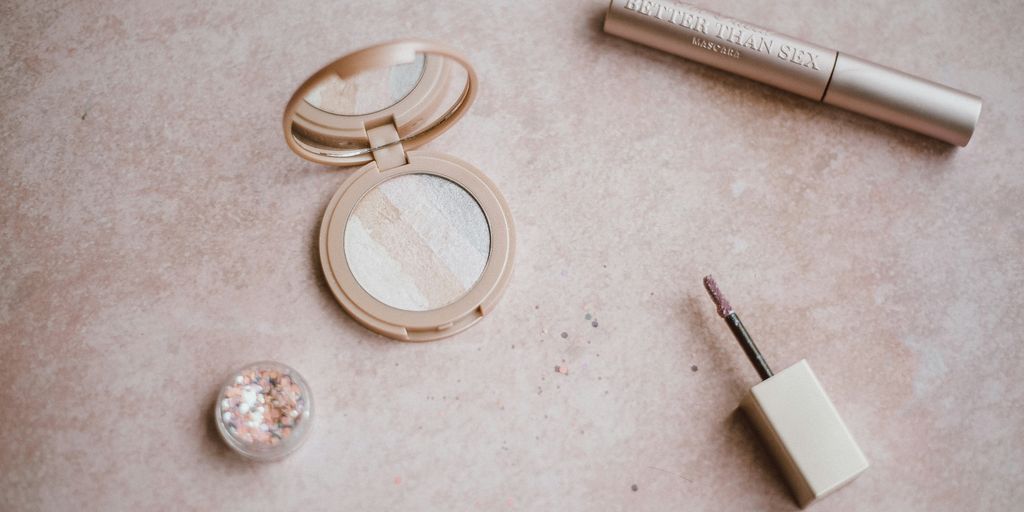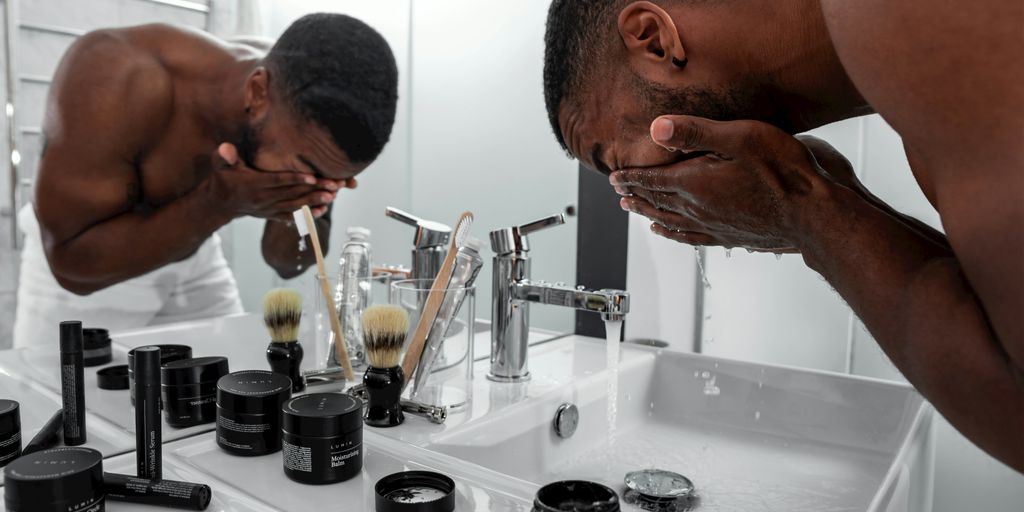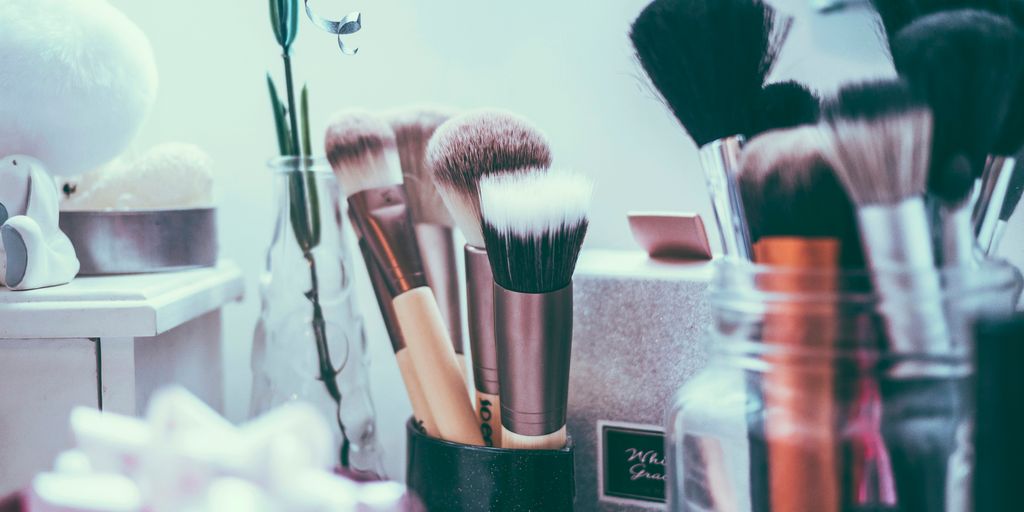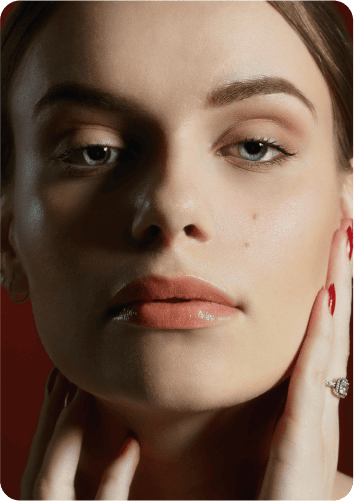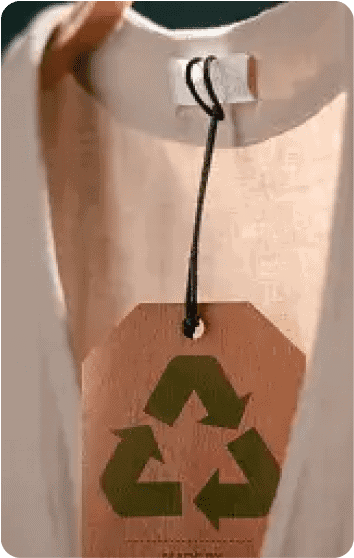As we step into 2025, the question on many beauty enthusiasts’ minds is, “Is L’Oréal cruelty free?” The brand has been under scrutiny for its animal testing policies, especially with its presence in markets that require such practices. This article will explore the complexities surrounding L’Oréal’s testing policies, the impact of regulations, and consumer expectations for cruelty-free products. Let’s break it down and see where L’Oréal stands today.
Key Takeaways
- L’Oréal’s animal testing policies vary by market, especially in regions like China where testing is mandatory.
- The brand’s compliance with local laws does not necessarily align with cruelty-free standards, raising ethical concerns.
- Cruelty-free certifications are essential for consumers seeking transparency in beauty products.
- Consumer demand for ethical products is growing, with social media playing a significant role in influencing brand practices.
- L’Oréal’s approach to sustainability and transparency is under scrutiny, with calls for more eco-friendly practices and clear ingredient sourcing.
Understanding L’Oréal’s Animal Testing Policies

Current Testing Practices
L’Oréal’s stance on animal testing is a bit complicated. They claim to not test their products on animals, but it’s not quite that simple. Regulations play a big role. Here’s a breakdown:
- L’Oréal states they stopped testing products on animals in 1989, except where required by law.
- They’ve invested in alternative testing methods like reconstructed skin models.
- They actively work with regulatory authorities to promote alternative testing methods.
It’s important to understand that "not testing" doesn’t always mean "cruelty-free." The devil is in the details, especially when considering global markets.
Market Regulations and Compliance
Navigating global markets is tricky. Some countries require animal testing for cosmetic products before they can be sold there. This is where things get murky for L’Oréal.
- China used to require animal testing for all imported cosmetics.
- L’Oréal sells its products in China.
- The brand says they are working with Chinese authorities to eliminate animal testing requirements.
Consumer Perception of Animal Testing
Consumers care more than ever about ethical products. Animal testing is a major concern for many. This impacts how people view L’Oréal.
- Many shoppers actively seek out cruelty-free brands.
- Certifications like Leaping Bunny and PETA’s Beauty Without Bunnies are important.
- Social media amplifies concerns and influences brand reputation.
L’Oréal’s image is constantly under scrutiny. Whether they are perceived as truly cruelty-free depends on how consumers interpret their actions and policies.
The Impact of Selling in China
Mandatory Testing Laws
Okay, so here’s the deal with China. It’s a massive market, right? Huge potential for any company, L’Oréal included. But there’s a catch. For years, China has had this thing about mandatory animal testing for many imported cosmetics. This means that even if L’Oréal avoids animal testing in other parts of the world, selling in China could force them to comply with these regulations. It’s a tricky situation, and it’s been a major point of contention for brands trying to be cruelty-free.
Ethical Implications for Brands
So, what does this mean for a company like L’Oréal? Well, it brings up some serious ethical questions. Is it okay to compromise your values for profit? Can a company truly claim to be cruelty-free if they’re required to test on animals in one market? These are the kinds of questions consumers are asking. It’s not always a black-and-white situation, and companies have to weigh the pros and cons. It’s a tough balancing act between expanding their reach and staying true to their ethical commitments.
Alternatives to Animal Testing
Thankfully, things are starting to change. There’s growing pressure, both from consumers and organizations, to find alternatives to animal testing. And the good news is, there are options! Things like in-vitro testing (testing in labs, not on animals) and using existing safety data are becoming more common. Some progress has been made, but there’s still a ways to go. Here are some alternatives:
- Using cell-based assays
- Computer modeling
- Human volunteer testing
The push for change is real, and hopefully, we’ll see more and more companies adopting these methods. It’s not just about being cruelty-free; it’s about embracing innovation and moving towards a more ethical future for the beauty industry.
Cruelty-Free Certifications Explained
Importance of Certifications
In today’s beauty market, cruelty-free certifications are more than just a label; they’re a statement. These certifications provide assurance that a product has not been tested on animals at any stage of its development. For many consumers, this is a non-negotiable aspect of their purchasing decisions. Without these certifications, it becomes difficult to trust a brand’s claims of being cruelty-free, especially with varying definitions and standards across the globe.
Key Organizations and Their Standards
Several organizations offer cruelty-free certifications, each with its own set of standards. Some of the most recognized include:
- Leaping Bunny: This is perhaps the most well-known certification, requiring companies to adhere to a strict no-animal-testing policy that extends to their suppliers.
- PETA’s Beauty Without Bunnies: PETA offers a certification program where companies sign a statement of assurance verifying they do not conduct, commission, or pay for any animal testing on ingredients, formulations, or finished products.
- Choose Cruelty Free (CCF): Based in Australia, CCF provides accreditation to companies that do not test on animals and whose suppliers also meet their criteria.
These organizations play a vital role in setting industry standards and providing consumers with reliable information. They conduct audits and require documentation to ensure compliance, offering a level of transparency that many consumers find reassuring.
L’Oréal’s Certification Status
L’Oréal’s stance on cruelty-free certifications is complex. While L’Oréal states they do not test their products on animals, they are not certified by Leaping Bunny or PETA. This is largely due to the fact that their products are sold in China, where animal testing has historically been required for certain cosmetic products. Even though regulations are evolving, this presence complicates their ability to obtain a universal cruelty-free certification. It’s a situation where compliance with local laws clashes with global ethical standards, leaving consumers to weigh the nuances of the company’s practices.
Consumer Demand for Ethical Products
Trends in Cruelty-Free Beauty
Consumers are increasingly voting with their wallets, and it’s clear that ethical considerations are a major factor. The demand for cruelty-free beauty products is not just a trend; it’s a significant shift in consumer behavior. People want to know that their purchases aren’t contributing to animal suffering. This has led to a surge in brands advertising their cruelty-free status and a growing market for certified products. It’s not enough to just claim to be ethical; consumers are looking for proof.
Impact of Social Media on Brand Transparency
Social media has completely changed the game for brand transparency. It’s easier than ever for consumers to share information, voice concerns, and hold companies accountable. A single viral post can make or break a brand’s reputation. Companies can’t hide behind vague marketing anymore. They need to be upfront about their practices, from sourcing ingredients to testing policies. Social media has given consumers a powerful voice, and they’re using it to demand ethical behavior from the brands they support.
The Role of Consumer Activism
Consumer activism plays a huge role in shaping the beauty industry. People are actively seeking out brands that align with their values and boycotting those that don’t. This activism takes many forms, from signing petitions and participating in online campaigns to supporting independent, ethical brands.
The collective power of informed consumers is driving real change. Brands that ignore this do so at their own peril. Consumers are more educated than ever, and they’re not afraid to use their voices and their wallets to demand a more ethical and sustainable beauty industry.
Here are some ways consumers are driving change:
- Actively researching brands’ animal testing policies.
- Supporting brands with cruelty-free certifications.
- Boycotting brands that sell in markets requiring animal testing.
Sustainability and Environmental Responsibility
It’s not just about animal testing anymore; what about the planet? Consumers are getting smarter, and they want to know if their favorite brands are doing their part to protect the environment. L’Oréal, as a giant in the beauty industry, faces a lot of pressure to step up its game when it comes to sustainability. Let’s take a look at where they stand.
Packaging Practices and Innovations
Okay, so packaging. It’s a big deal. All those bottles and boxes add up, and they often end up in landfills. L’Oréal has started making some changes, like using more recycled materials in their packaging. But are they doing enough? Some smaller brands are way ahead, using things like refillable containers and plantable packaging. L’Oréal needs to show they’re really committed to reducing waste, not just making small tweaks. It would be nice to see them really push the envelope with innovative, eco-friendly packaging solutions.
Sourcing of Ingredients
Where do the ingredients come from? It matters. Are they harvested in a way that damages ecosystems? Are the workers treated fairly? These are the questions consumers are asking. Ethical sourcing is becoming a must-have, not just a nice-to-have. L’Oréal has made some commitments to responsible sourcing, but it’s a complex issue, and there’s always room for improvement. Transparency is key here. We need to know exactly where the ingredients are coming from and how they’re being produced.
Carbon Footprint and Resource Efficiency
Beyond packaging and ingredients, there’s the overall impact of L’Oréal’s operations. How much energy do they use? How much pollution do they create? Reducing their carbon footprint is a huge challenge, but it’s one they need to take seriously. This means investing in renewable energy, improving energy efficiency in their factories, and finding ways to reduce emissions throughout their supply chain. It’s a big job, but it’s essential for a sustainable future.
L’Oréal’s sustainability efforts are a work in progress. They’ve made some positive steps, but there’s still a long way to go. Consumers have the power to push them to do more by demanding greater transparency and holding them accountable for their environmental impact.
Here’s a quick look at some areas where L’Oréal could improve:
- Increase use of post-consumer recycled materials in packaging.
- Invest in renewable energy for manufacturing facilities.
- Partner with suppliers committed to sustainable agriculture.
- Reduce water consumption in production processes.
Transparency in Corporate Practices
Labeling Accuracy and Ingredient Disclosure
Okay, let’s talk about how honest L’Oréal is with its labels. It’s not always a black and white situation. While they generally follow the rules, there are definitely some areas where they could be more upfront. For example, vague terms like "fragrance" can hide a bunch of chemicals that some people might react to. It’s like they’re technically telling the truth, but not the whole truth.
- Listing all ingredients, even in small quantities.
- Avoiding vague terms like "fragrance" and disclosing all components.
- Clearly stating the purpose of each ingredient.
Public Relations and Brand Image
L’Oréal, like any big company, cares a lot about its image. They spend a lot of time and money trying to look good in the public eye. But sometimes, what they say and what they actually do don’t quite match up. It’s a tricky balance for them. They want to appeal to consumers who care about ethics and sustainability, but they also have to answer to shareholders who care about profits. It’s a tough spot, and it shows sometimes.
It’s important to remember that PR is about shaping perception. While L’Oréal might highlight its positive initiatives, it’s up to us as consumers to look deeper and see the full picture.
The Challenge of Greenwashing
Greenwashing is a real problem in the beauty industry. It’s when a company tries to make itself look more environmentally friendly than it actually is. And honestly, L’Oréal isn’t immune to this. They might talk a big game about sustainability, but when you look closely, sometimes the claims don’t hold up. It’s up to us to be critical and do our research before believing everything we hear. Don’t just take their word for it; look for evidence.
| Claim | Reality AND THE LIST GOES ON. |
Future of Cruelty-Free Beauty

Predictions for Industry Changes
The beauty industry is changing, and it’s changing fast. More and more, people care about where their products come from and how they’re made. Cruelty-free is becoming less of a niche market and more of a standard expectation. I think we’ll see even stricter regulations globally, pushing companies to find alternatives to animal testing. Also, expect to see more transparency from brands about their supply chains and testing methods. It’s not enough to just say you’re cruelty-free; you’ll have to prove it.
Potential for L’Oréal’s Policy Shifts
L’Oréal is a huge player in the beauty world, so any changes they make have a big impact. While they’ve made some progress in reducing animal testing, there’s still room for improvement. The pressure from consumers and advocacy groups is only going to increase. I think we might see L’Oréal investing more in alternative testing methods and working to influence regulations in countries where animal testing is still required. It’s a slow process, but the direction seems clear.
Consumer Influence on Corporate Ethics
Consumers have more power than ever before. Social media has made it easier to share information and hold companies accountable. If enough people demand cruelty-free products, companies will have to listen.
Here are some ways consumers can make a difference:
- Choosing cruelty-free brands whenever possible.
- Supporting organizations that advocate for animal rights.
- Using social media to raise awareness and put pressure on companies.
- Contacting companies directly to express your concerns.
The future of cruelty-free beauty depends on consumers continuing to demand ethical products. By making informed choices and speaking out, we can create a world where no animals are harmed in the name of beauty.
The future of cruelty-free beauty looks bright as more people choose products that are kind to animals. Brands are now focusing on creating makeup and skincare that do not harm any living beings. This shift is not just a trend; it’s a movement towards a more caring world. If you want to be part of this change and discover amazing cruelty-free products, visit our website today!
Final Thoughts on L’Oréal’s Cruelty-Free Status
So, is L’Oréal cruelty-free in 2025? The answer isn’t straightforward. While they’ve made some strides in reducing animal testing, their commitment is still questionable, especially with their presence in markets where testing is required by law. For many consumers, this is a dealbreaker. If you’re looking for brands that truly prioritize cruelty-free practices, it might be worth exploring alternatives that are fully committed to ethical standards. At the end of the day, it’s about making informed choices that align with your values. As consumers, we have the power to demand better from brands, and it’s crucial to stay informed about where our products come from and how they’re made.
Frequently Asked Questions
Is L’Oréal cruelty-free as of 2025?
No, L’Oréal is not fully cruelty-free. While they have made some efforts to reduce animal testing, they still sell products in countries like China where animal testing is required by law.
What are the animal testing policies of L’Oréal?
L’Oréal follows local regulations for animal testing, which means they comply with laws in some regions that require testing on animals before products can be sold.
How does selling in China affect L’Oréal’s cruelty-free status?
Selling in China impacts L’Oréal’s cruelty-free status because Chinese law mandates animal testing for many cosmetics, which means they participate in the practice indirectly.
What cruelty-free certifications does L’Oréal have?
L’Oréal does not hold any major cruelty-free certifications like Leaping Bunny or PETA’s Beauty Without Bunnies, which are important for consumers looking for ethical brands.
Why is consumer demand for cruelty-free products rising?
More consumers are becoming aware of animal welfare issues and are choosing to buy from brands that do not test on animals, which is driving the demand for cruelty-free products.
What is the future of cruelty-free beauty?
The future of cruelty-free beauty looks promising, as more brands are likely to change their policies to meet consumer demand for ethical products and avoid animal testing.


